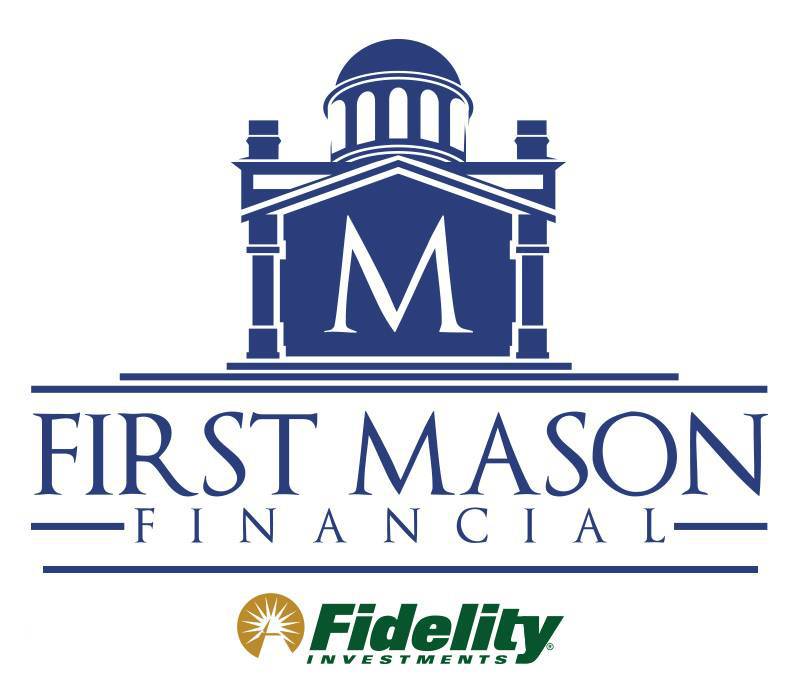How confident are you in your retirement planning? If you’re nervous or unsure, never fear! All you have to do is follow a few easy steps to determine your net worth, financial status, retirement timeline and goals, and financial investment strategy.
Step 1: Know Your Net Worth and Current Status
The first step in retirement planning is always an evaluation of your net worth. The difference between assets and liabilities equals net worth, so to determine it, you’ll need to list all your major assets and liabilities. To help you get started, here are some common assets and liabilities.
Common Assets:
- Brokerage accounts (stocks/mutual funds)
- IRAs, 401(k)s, other retirement funds
- Employer pension plans
- CDs and savings bonds
- Money market, checking, savings accounts
- Real estate, vehicles, other high-value possessions
Common Liabilities:
- Mortgages (first and second)
- Student loans
- Car loan
- Credit card debt
- Other loans or debt
Once you have calculated your net worth, use these key questions to help you evaluate your financial status:
- Do my assets exceed my liabilities?
- What are my fixed monthly expenses?
- What are my cash flow needs?
- Do I have enough cash handy to cover emergencies?
- Is the risk level of my assets appropriate for my age? (As retirement approaches, it’s smart to shift your assets to less risky investments.)
- Can I take any steps now to improve my overall financial health (like reducing finance charges by paying down debt)?
Step 2: Determine Your Retirement Timeline and Needs
More than 50 percent of workers start to claim their Social Security benefits at age 62, but the longer you wait (until age 70) to begin claiming, the larger your benefit will be. Therefore, you should decide what retirement age makes sense for you, then answer these questions:
- Do I have a plan in place to eliminate all liabilities by retirement?
- How will I reallocate my assets between now and retirement?
- How will my lifestyle change in retirement (downsizing, moving, traveling more, etc.)?
- How will those changes affect my monthly expenses?
Step 3: Create a Retirement Budget
Having assessed your retirement timeline and needs, you can now create a retirement budget. Therefore, you’ll want to calculate your estimated monthly income and estimated monthly expenses to see how they compare. Your monthly income will consist of some combination of the following:
- Social Security benefit
- Pension
- Interest/dividends
- Wages from part-time job
Your monthly expenses could include the following:
- Mortgage/rent
- Utilities
- Health care
- Transportation
- Food, clothing, and other essentials
- Entertainment
It’s also a good idea to factor in expenses that don’t recur as often. A few examples:
- Taxes
- Insurance premiums
- Home improvements
Step 4: Create a Financial Investment Plan
With your retirement budget in hand, you now know how much income you will need to fund your anticipated lifestyle in retirement. Social Security wasn’t designed to cover 100 percent of your expenses, so you’ll need at least one other source of income to keep you afloat.
If you can’t or don’t want to continue working part-time after retiring, ample savings and savvy financial investment will be critical to balancing your retirement budget. The earlier you begin saving and investing, the more chance your assets will have to increase, so don’t delay. Identify an amount, based on your current finances, that you can safely afford to sock away for the future.
Step 5: Contact a Reputable Financial Investment Firm
Whether you want advice on where to invest that savings, a second opinion about your calculations, or tips to increase your net worth, your next step is to research financial investment firms and select a trustworthy firm to help you with these difficult issues.
A financial professional can provide valuable advice tailored to your unique situation. Most importantly, working with a financial investment firm can give you priceless peace of mind, knowing that you’re doing everything possible to create a safe and secure retirement for your future self.











